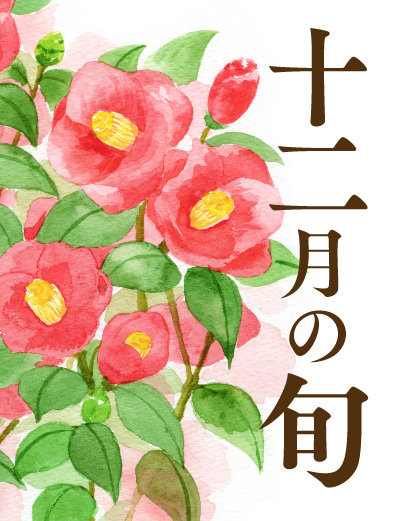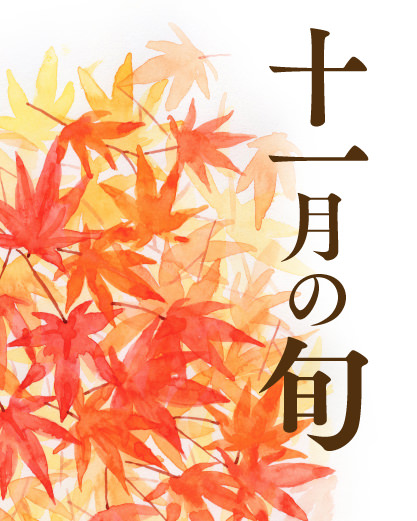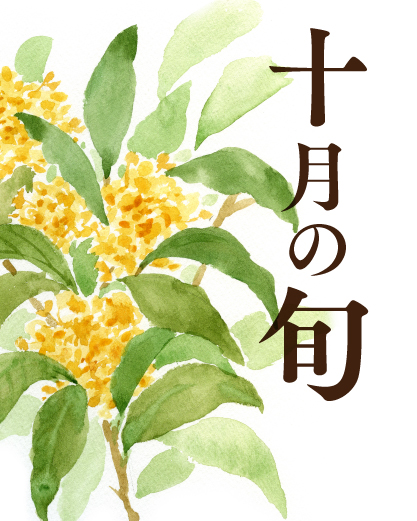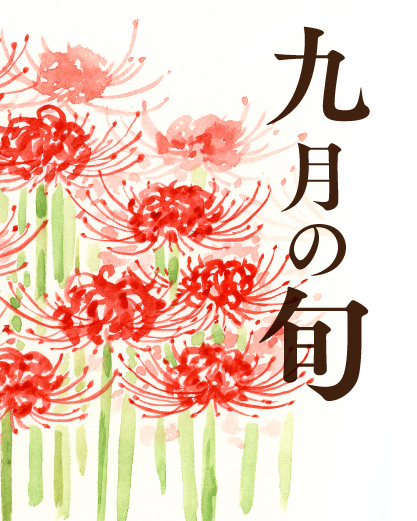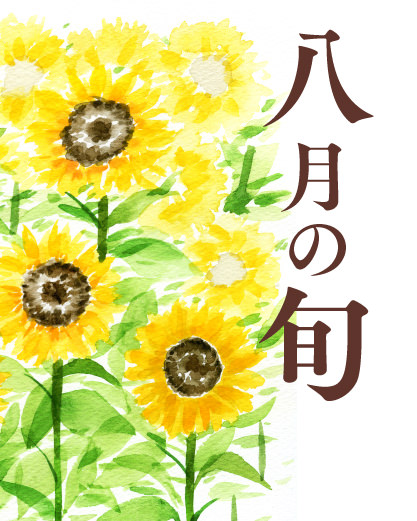-

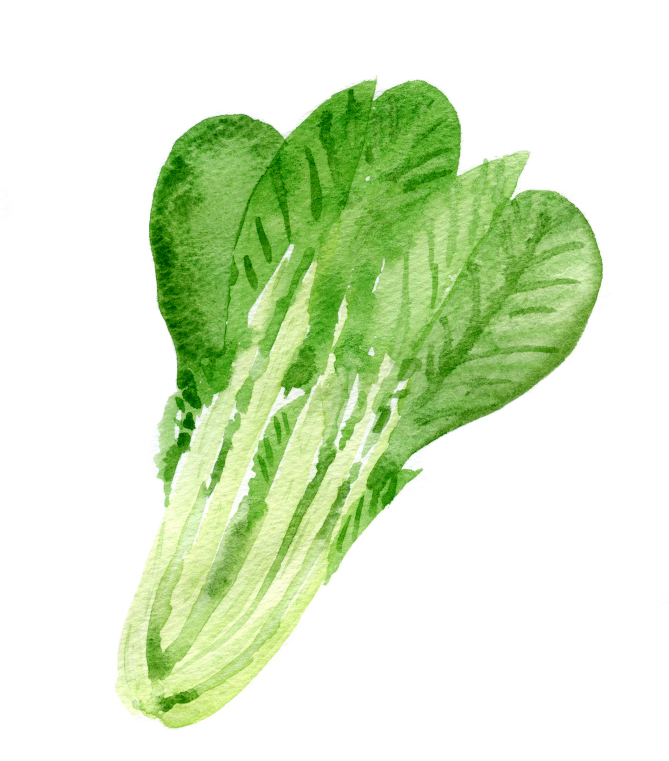 Komatsuna
Komatsuna
(Japanese Mustard Spinach)It has a unique scent, but it's a leaf with
less harsh and strong taste. It’s easy to
use this vegetable and it can be done in
a short time boiling but keep the crunchy
texture. It’s good for stir fry with oil, boiled
nd seasoned with soy source and miso soup.
Since it has less harsh taste, it can be use as
ingredients for a hot pot without boiling. -

 Nanohana (Canola Flower)It's winter-limited vegetables from December
Nanohana (Canola Flower)It's winter-limited vegetables from December
to early spring. It is characterized by mild
bitterness, unique scent, and texture. You can
use miso soup, pickles and stir fry, it can be
used in many ways, but with spicy seasoning
that has been eaten since ancient times is
superb. Lightly boiled, and put in salads or pasta,
it becomes spring-like food. -

 Kujyo Green Onion
Kujyo Green OnionThis green onion is the representative of
Kyoto's vegetables and become excellent
taste during this cold season. It is characterized
by its aroma and sliminess. When you put
it in a hot pot or a suki-yaki, it gives you
sweetness and is very delicious. Of course,
it can be used for seasoning, and can be used
for both main and side. -

 DekoponA hybrid created by mixing Kiyomi and
DekoponA hybrid created by mixing Kiyomi and
Poncan in Nagasaki Prefecture, called
Shiranuhi. Products with a sugar content
of 13 degrees or more and 1% citrate are
shipped as Decopon. The outside skin is
easy to peel and you can eat the whole
inner skin. -

 Kinkan (Kumquat)The pulp is sweet and sour, and the
Kinkan (Kumquat)The pulp is sweet and sour, and the
pericarp is sweet, so if you eat raw, you
can also eat the pericarp. it's also used
in candied fruits, marmalade, Kumquat
Liquor, etc. After a month and a half,
“Kinkan Tamatama” and “Stevia Cultivation
Kumquat” get into a market, which have
low acidity.
